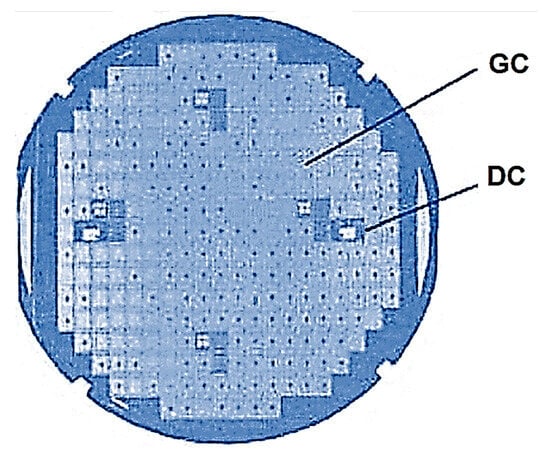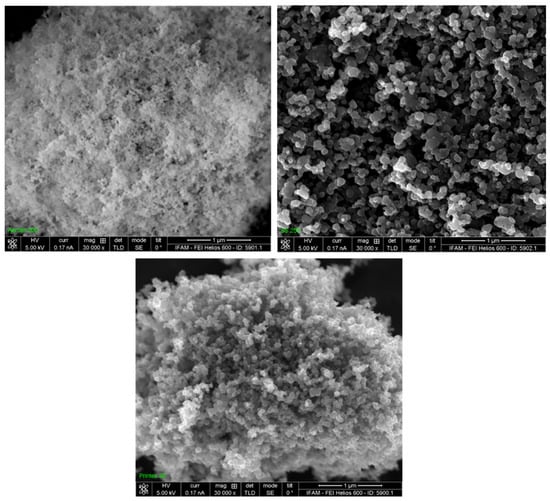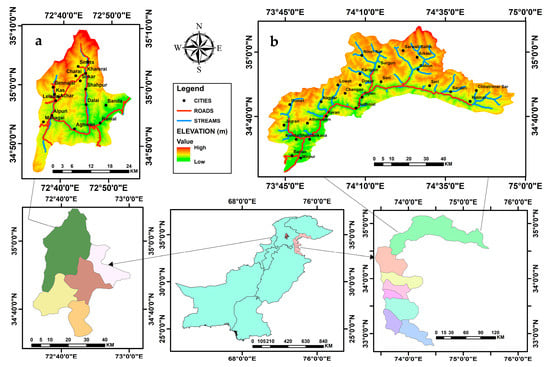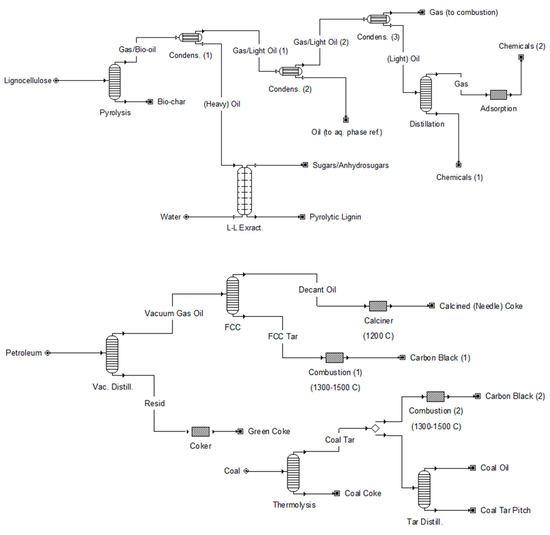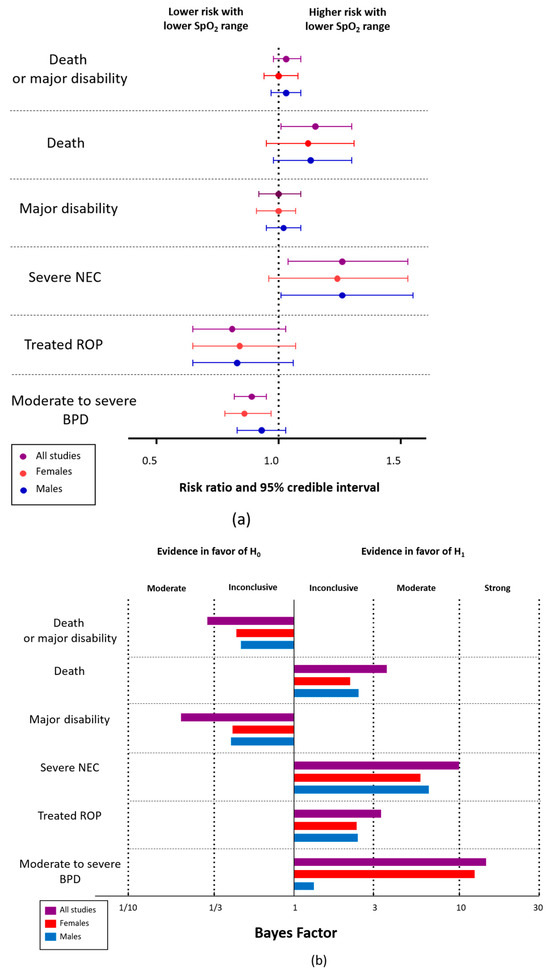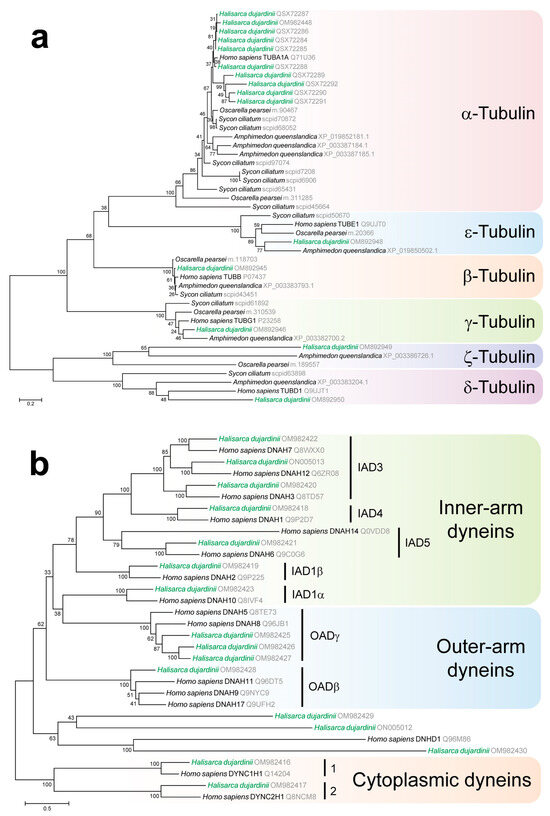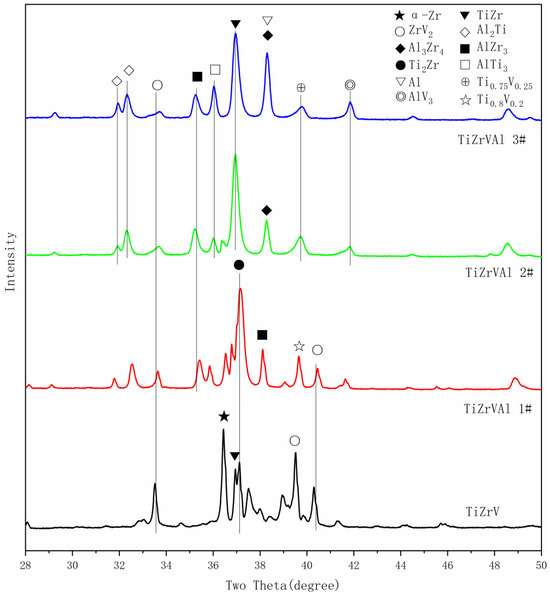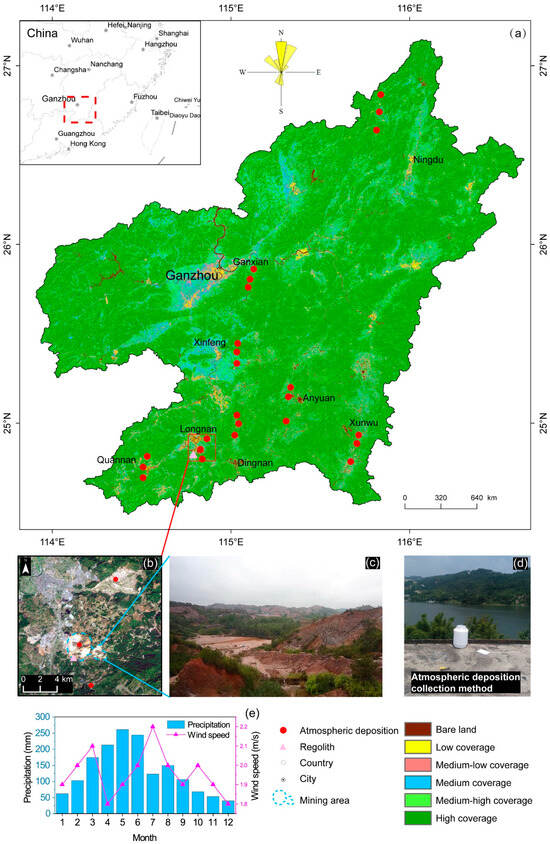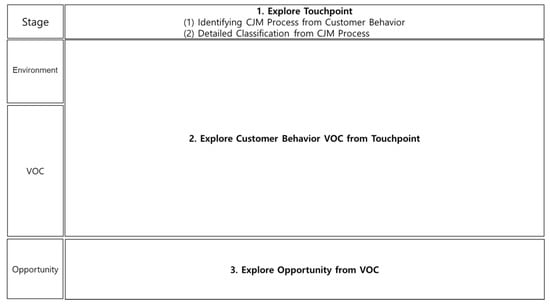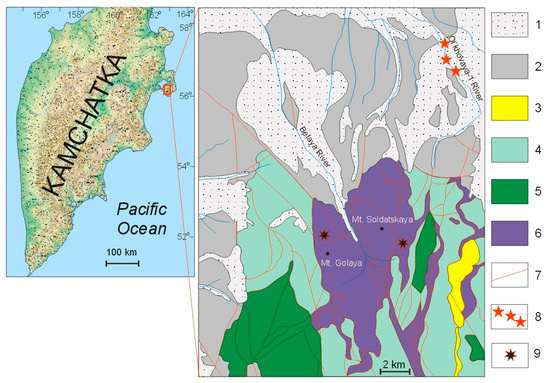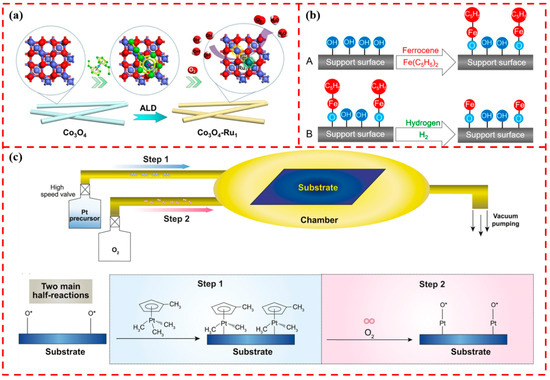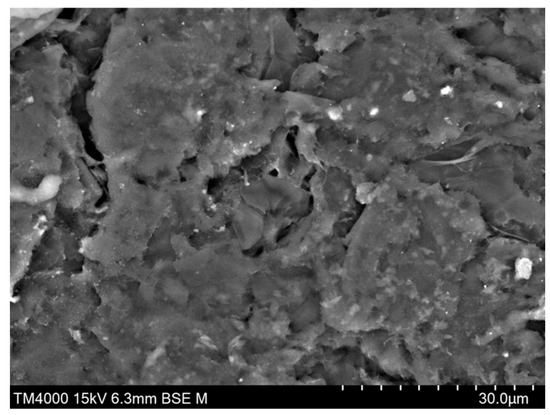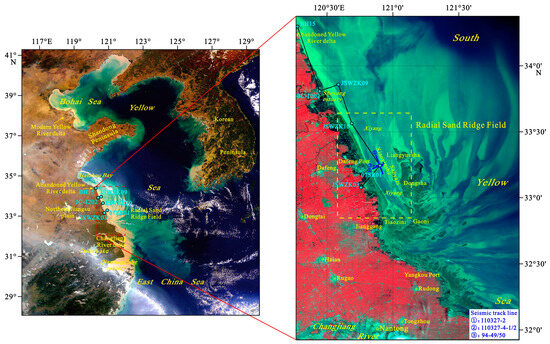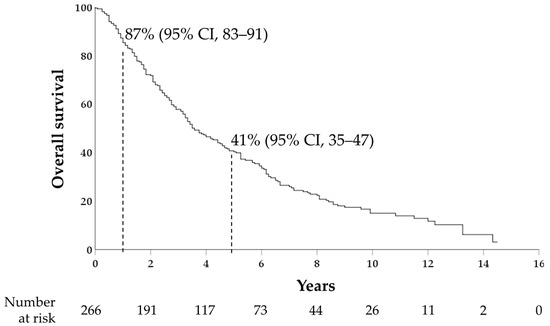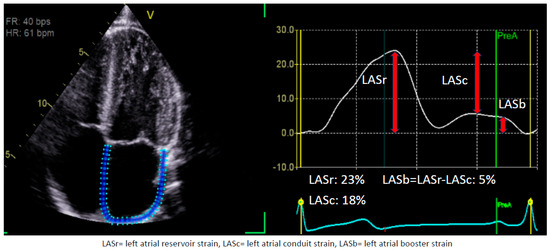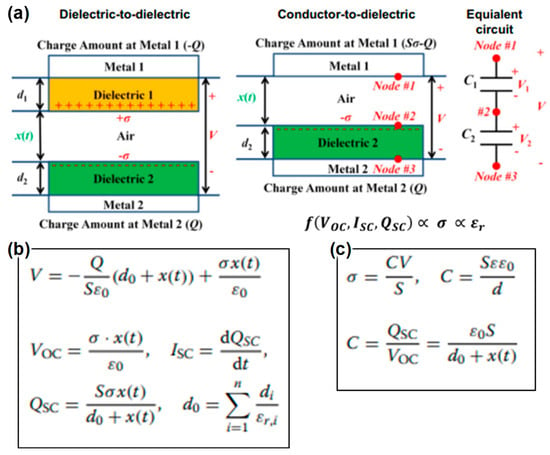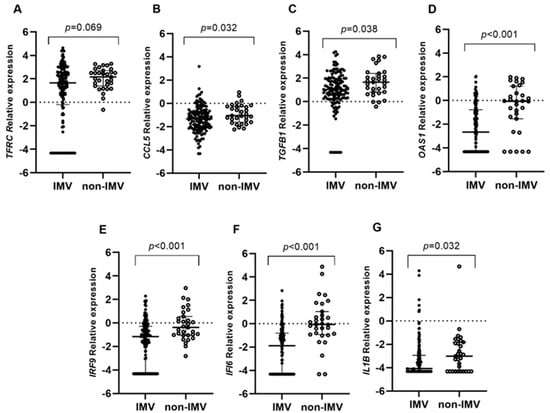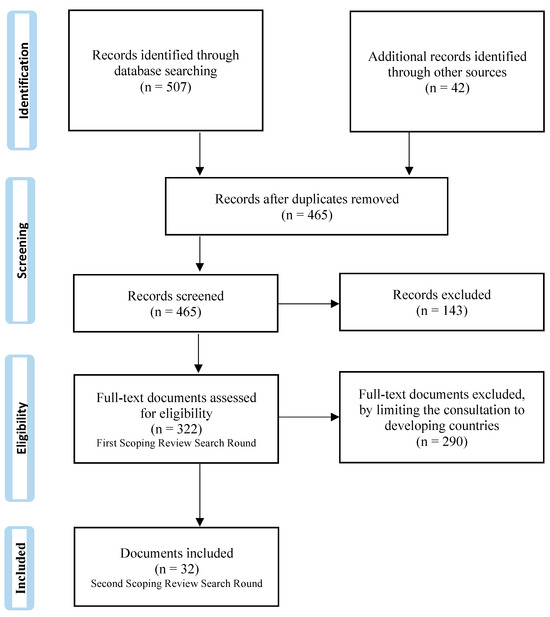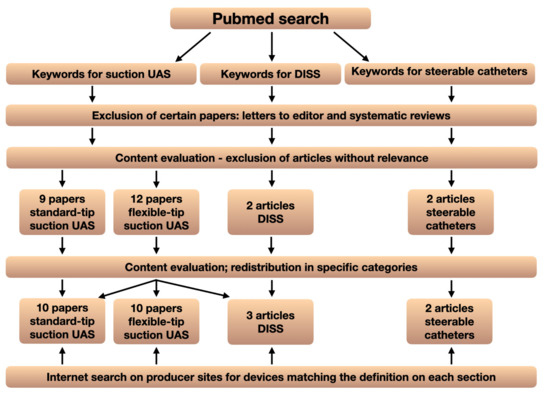Heterogeneous grains in the heavy fractions of the placers of the Olkhovaya-1 river (Kamchatka Cape Peninsula, Eastern Kamchatka, Russia) containing Au-Ag, Au-Cu, and Au-Ag-Cu particles were analyzed using scanning electron microscopy, electron-probe microanalysis, and X-ray powder diffractometry. The analyses showed that auricupride dominates
[...] Read more.
Heterogeneous grains in the heavy fractions of the placers of the Olkhovaya-1 river (Kamchatka Cape Peninsula, Eastern Kamchatka, Russia) containing Au-Ag, Au-Cu, and Au-Ag-Cu particles were analyzed using scanning electron microscopy, electron-probe microanalysis, and X-ray powder diffractometry. The analyses showed that auricupride dominates in some grains, whereas in others, the main phases are tetra-auricupride or Ag-rich and (or) Au-rich alloys. It was revealed that in the central parts of some grains of exsolution structures, auricupride Cu
3.04–2.74Au
0.96–1.26 (Ag < 1 wt.%) occurs in intergrowths with low-fineness Ag
0.86–0.67Au
0.09–0.33Cu
<0.05 solid solutions (160‰–480‰), and tetra-auricupride Cu
1.12–0.87Au
0.88–1.11Ag
<0.02 (Ag < 2 wt.%) occurs with higher-fineness Au
0.73–0.62Ag
0.2–0.38Cu
<0.07 solid solutions (520‰–850‰). We also observed, mainly in the peripheral parts of the grains, insignificant amounts of secondary phases that were compositionally similar to Cu
2Au, Cu
3Au
2, Au
3Cu
2, Au
2Cu, Au
3Cu, high-fineness gold with impurities of Cu and occasionally Ag (>850‰), and pure gold. In intergrowths with auricupride and tetra-auricupride, we also observed earlier-formed silicates (garnet, pyroxene, chlorite, epidote, titanite), syngenetic sulfides (pyrrhotite, bornite, galena), and later minerals (chalcocite, covellite, anilite, cuprite, goethite, etc.). The XRD analysis of the peripheral parts of some grains showed the presence of auricupride (Cu
3Au), tetra-auricupride CuAu (I) and Cu(Au
0.92Ag
0.08) (II), and gold. The profiles show the absence of peaks of the Au
3Cu phase and other Au-Ag-Cu phases identified by the EMPA, which is likely due to their low concentrations in the samples or their structural similarity to gold. It is assumed that the probable source of Au-Ag-Cu mineralization in the Olkhovaya-1 river placers is located in the upper reaches of watercourses that erode the ultrabasic massif of Mounts Soldatskaya and Golaya (Kamchatka Cape Peninsula).
Full article
 IJMS
IMPACT
IJMS
IMPACT Applied Sciences
IMPACT
Applied Sciences
IMPACT Sustainability
IMPACT
Sustainability
IMPACT Sensors
IMPACT
Sensors
IMPACT JCM
IMPACT
JCM
IMPACT Energies
IMPACT
Energies
IMPACT Molecules
IMPACT
Molecules
IMPACT Materials
IMPACT
Materials
IMPACT Remote Sensing
IMPACT
Remote Sensing
IMPACT Cancers
IMPACT
Cancers
IMPACT Electronics
IMPACT
Electronics
IMPACT Mathematics
IMPACT
Mathematics
IMPACT Foods
IMPACT
Foods
IMPACT Buildings
IMPACT
Buildings
IMPACT Plants
IMPACT
Plants
IMPACT Nutrients
IMPACT
Nutrients
IMPACT Animals
IMPACT
Animals
IMPACT Polymers
IMPACT
Polymers
IMPACT Water
IMPACT
Water
IMPACT Diagnostics
IMPACT
Diagnostics
IMPACT Biomedicines
IMPACT
Biomedicines
IMPACT Agronomy
IMPACT
Agronomy
IMPACT Microorganisms
IMPACT
Microorganisms
IMPACT Processes
IMPACT
Processes
IMPACT Healthcare
IMPACT
Healthcare
IMPACT Forests
IMPACT
Forests
IMPACT Cells
IMPACT
Cells
IMPACT JMSE
IMPACT
JMSE
IMPACT Medicina
IMPACT
Medicina
IMPACT Viruses
IMPACT
Viruses
IMPACT Agriculture
IMPACT
Agriculture
IMPACT Nanomaterials
IMPACT
Nanomaterials
IMPACT IJERPH
IJERPH
 Land
IMPACT
Land
IMPACT Pharmaceutics
IMPACT
Pharmaceutics
IMPACT Pharmaceuticals
IMPACT
Pharmaceuticals
IMPACT Religions
IMPACT
Religions
IMPACT Biomolecules
IMPACT
Biomolecules
IMPACT Life
IMPACT
Life
IMPACT Micromachines
IMPACT
Micromachines
IMPACT Atmosphere
IMPACT
Atmosphere
IMPACT Antioxidants
IMPACT
Antioxidants
IMPACT Genes
IMPACT
Genes
IMPACT Metals
IMPACT
Metals
IMPACT Symmetry
IMPACT
Symmetry
IMPACT Children
IMPACT
Children
IMPACT Coatings
IMPACT
Coatings
IMPACT Vaccines
IMPACT
Vaccines
IMPACT Horticulturae
IMPACT
Horticulturae
IMPACT Education Sciences
IMPACT
Education Sciences
IMPACT Minerals
IMPACT
Minerals
IMPACT Brain Sciences
IMPACT
Brain Sciences
IMPACT JPM
IMPACT
JPM
IMPACT Bioengineering
IMPACT
Bioengineering
IMPACT




